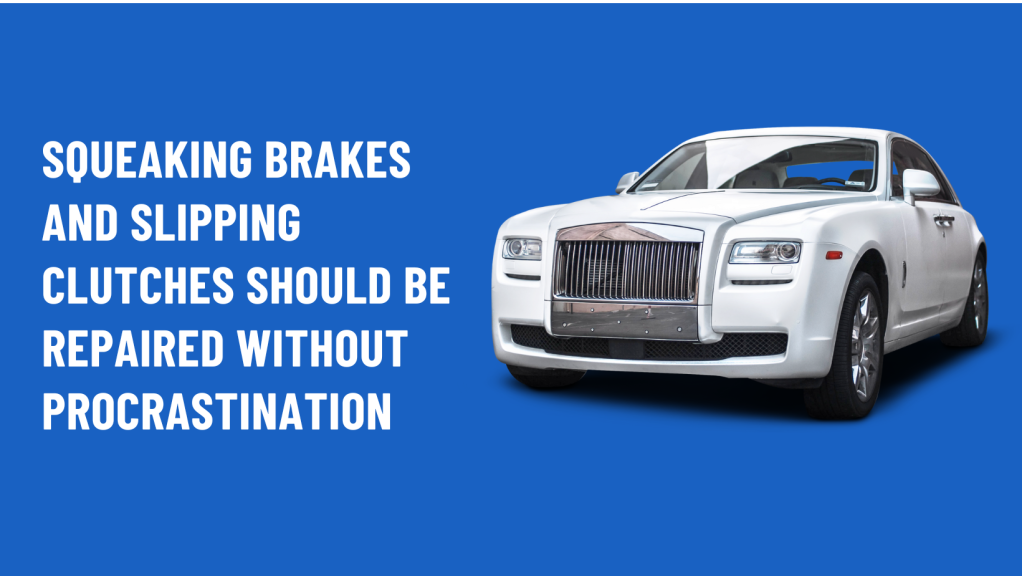No matter whether you are a lover of autumn or summer, when you are a driver and a resident of Australia, winter must be the favourite time for drives and unlimited adventures. However, the arrival of winter comes with a plethora of challenges as tackling the snowflakes, the sudden hail storm or continuing the ride amidst the prevailing icy conditions is not at all easy. Overwhelmed with the on-road challenges and striving to manage them all at the same time? Worry not and follow these valuable tips that are offered by the best 4WD service centre in Lilydale to its clients so that the wintertime becomes more pleasurable and full of drives. Here we are going to shed light on the five most essential tips that can be your go-to solutions when going out for a comfy winter drive with friends, families or your beloved.

Top 5 tips to make your 4WD winter-ready
For most Australians, the journey in the winter times gets further complicated due to the unpredictable weather conditions and most significantly treacherous roads. However, with our winter essential tips, you can manage to keep your 4WD in top shape without spoiling your spirit. Let’s get started to pamper your 4WD with the right amount of love and care.
Checking of tyres
Tires are the most pivotal parts of a 4WD and especially when it comes to winter driving, keeping the tires in top condition should be the primary criteria. During the extreme winter and snowfall, it is mandatory to invest in specialized tyres that are designed for an enhanced degree of traction on the snow. Never forget to rotate the tyres even off-road to ensure the optimal health of the tyres even in the winter times.
Battery Health
The cold and snowy weather can wreak havoc on the car batteries and owing to that, test the battery of your 4WD regularly if the battery is more than 3 years old. On the other hand, for optimal performance of your vehicle, you can choose to replace the aging batteries and in this process, you can keep the unexpected breakdowns at bay. Before coming up with a decision, it is the best idea to opt for thorough maintenance from the best 4WD service centre in Lilydale so that the vehicle can perform its best.
Levels of fluid and their types
Choice of the fluid for the vehicle appears to be another crucial aspect that you can hardly avoid and here usage of the antifreeze and windshield washer fluid is a must-have action. The best part is that the first one helps to eliminate the snowflakes from the engine while the latter aids in increasing the degree of visibility.
Inspection of the brake system
Winter roads are expected to be slippery and full of stakes in every step and they call for the resilient brake system to navigate the on-road difficulties like a pro. So, don’t forget to make sure that the brake system is in a great condition that can unleash the best mileage and cover the hostile destinations.
Keeping the emergency tool kit
Challenges are always uncertain and unpredictable as you never know when they might disrupt your path and even endanger your life. Stop panicking and carry an emergency kit with the basic tools so that the sudden 4WD-related challenges can be managed without much hassle.
Stop bunking the winter drive plans with a fear of sudden engine trouble when some of the safety tips can help you out. To enjoy an unlimited degree of peace of mind and back-to-back on-road adventure with your 4WD, choose the proactive maintenance and you are free to visit the most reputed 4WD service centre in Lilydale.









